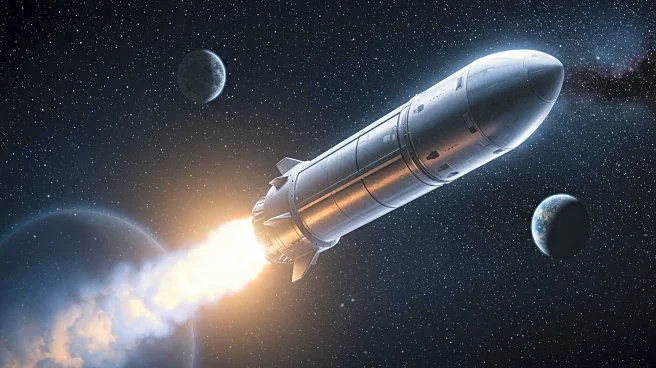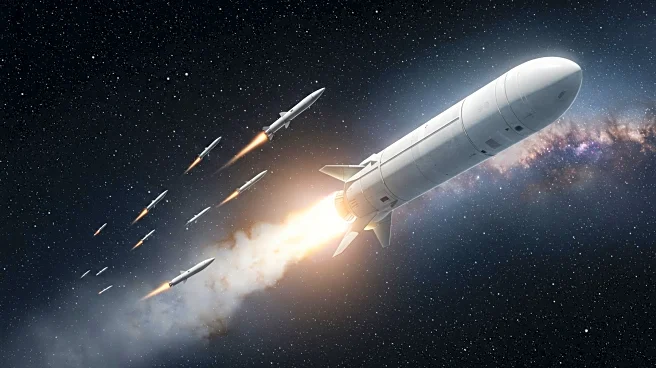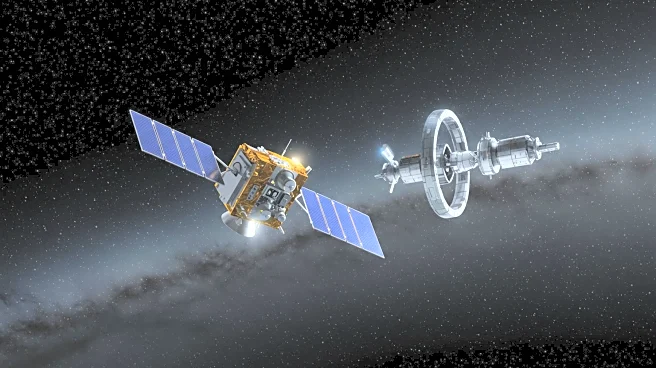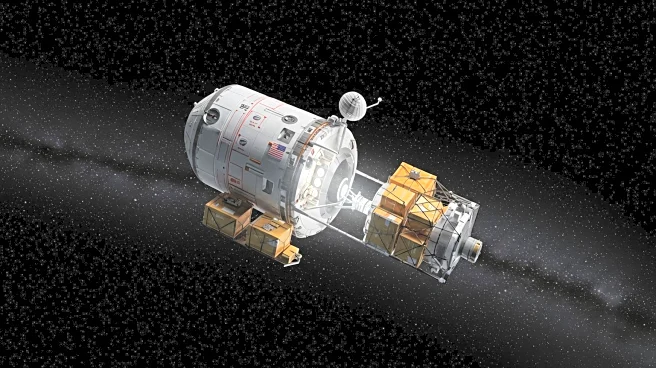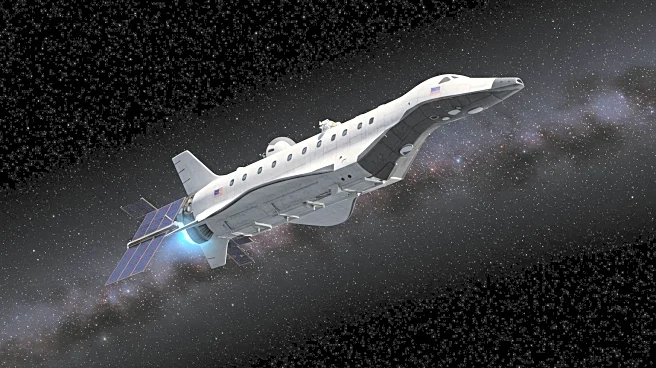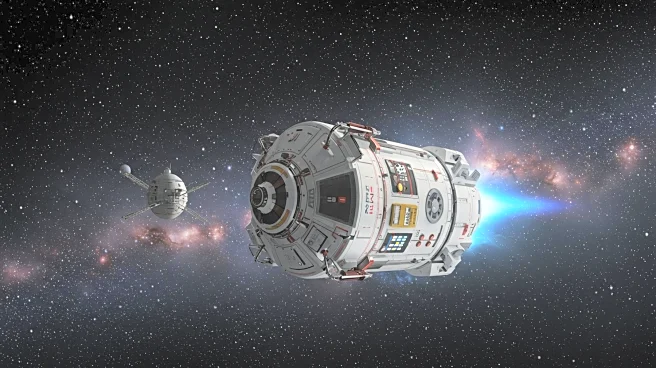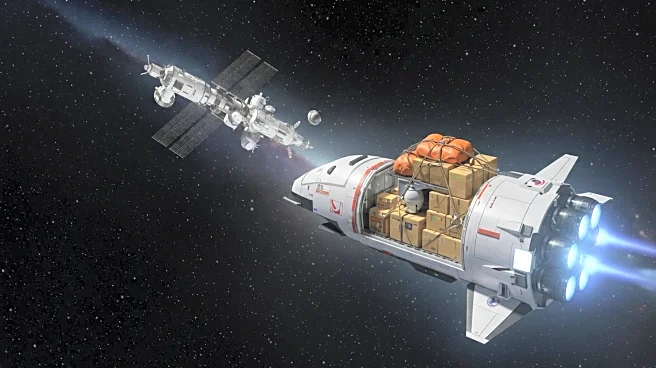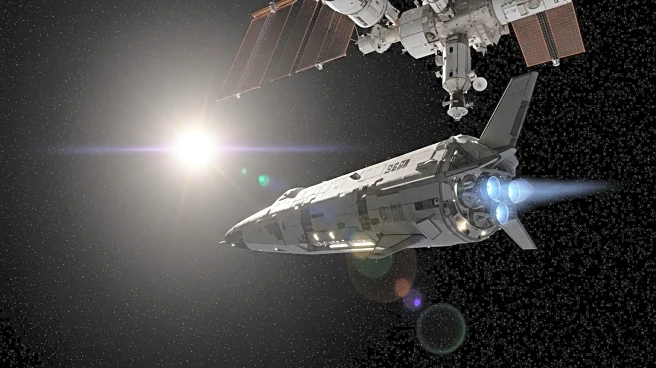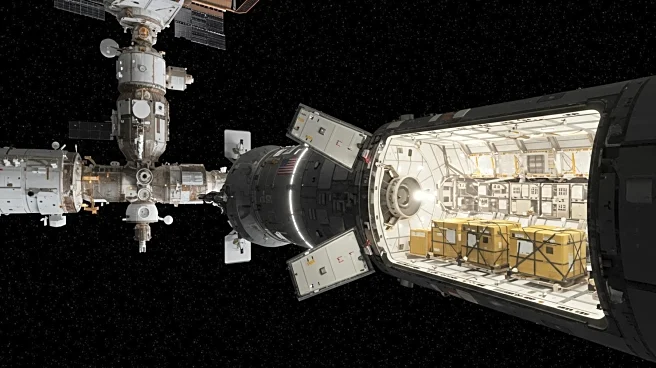What's Happening?
The SpaceX CRS-33 mission represents a significant advancement in the collaboration between NASA and SpaceX to support the International Space Station (ISS). The mission utilized the Cargo Dragon spacecraft, showcasing impressive payload delivery capabilities. The advancements in propulsion technology mark a milestone, particularly in light of the CRS-33 mission. By integrating sustainable technologies such as reusability and multifunctional spacecraft capabilities, SpaceX is setting a blueprint for future space missions, aligning with NASA's vision of a robust and autonomous presence in space.
Why It's Important?
The CRS-33 mission highlights the strategic advantage of reusable rockets in global space leadership. Mastering reusability allows for more frequent and reliable launches, enhancing the ability to perform continuous research and maintain a consistent presence in space. This capability is crucial for establishing permanent structures like the ISS and planning future missions to the Moon and Mars. The technological advancements promise to cut costs and facilitate seamless operations, playing a pivotal role in international space competition and diplomacy.
Beyond the Headlines
As reusable rocket technology becomes more widespread, it could diminish the strategic importance of traditional expendable launch systems, reshaping alliances and partnerships in the space industry. This shift may lead to new collaborations and competitive dynamics, influencing global space policies and strategies.
